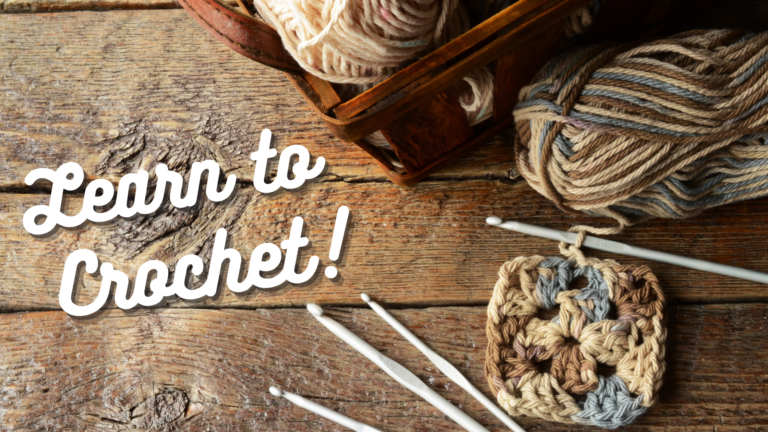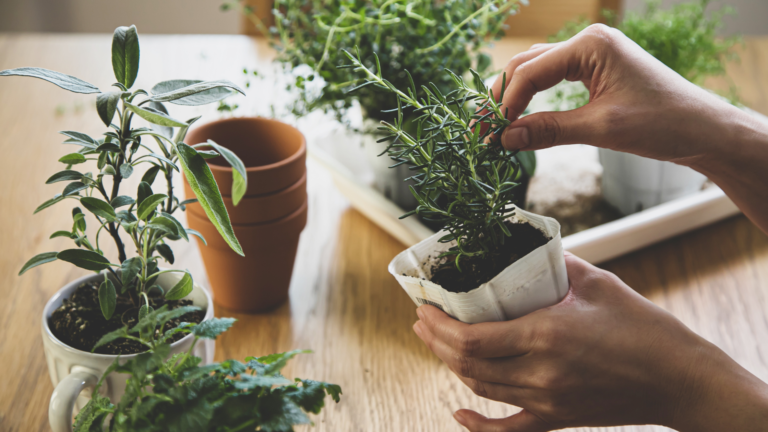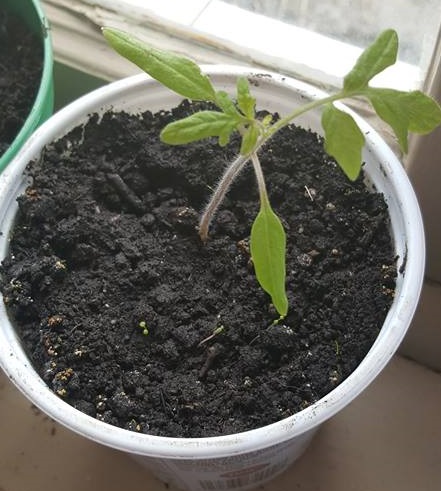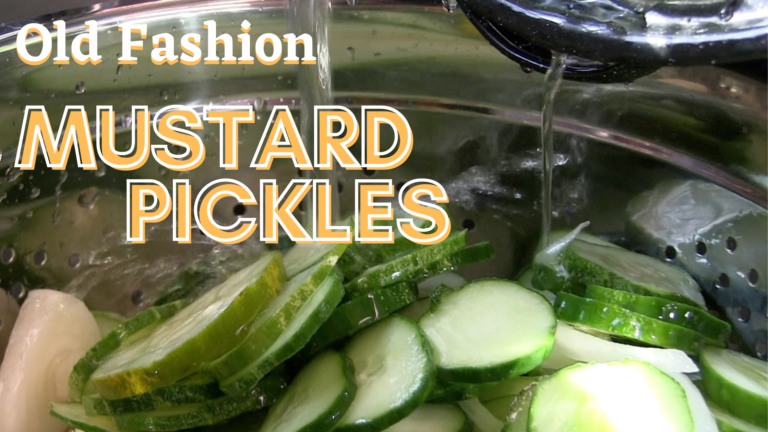Top 6 Tips You Need To Know Before Planting Daffodil Bulbs This Fall
Since fall is around the corner, I thought that I would go over all the things you should know before planting Daffodil Bulbs. The Daffodil brings such joy as we see their delicate faces dancing in the wind when driving down that country road or city street in the early springtime!
Daffodils are a very special flower to me as they were the very first flower bulb that I planted in my adult life. I started by planting just a couple of 5 packs from the local Dollar store without even knowing anything about them. I have since learned a great deal about their care and different varieties that I get super excited about when fall arrives and it is time to divide them or add some new ones to my collection!
This post contains affiliate links, which means I receive a small commission, at no extra cost to you, if you make a purchase using this link. Please see my disclosure for more details.
What is a Daffodil Bulb?

Daffodils are flower bulbs that we plant in the fall, by doing so they provide us with beautiful blooms in very early spring. There are many different varieties when it comes to planting Daffodil bulbs, but the most common one that we see is the brilliant yellow one baring six petals in a trumpet shape. Your choices are endless, with varieties ranging in heights, colors as well as different blooming times throughout the spring.
Daffodils make us think of Sunshine ☀️ which reminds us of the coming summer months, also standing as the birth flower for the month of March.
My personal favorite thing about planting daffodil bulbs is that they multiply, increasing in size every year!
Resources For Planting Fall Bulbs
- Spring-Flowering Bulbs to Plant in the Fall
- 8 Gorgeous Spring Bulbs to Plant this Fall
- How to Plant Fall Bulbs for Long-Lasting Color

6 Best Tips To Know Before Planting Daffodil Bulbs
1. Choose the right depth when planting Daffodil bulbs
When planting Daffodil bulbs always ensure the pointy end is facing up and be sure to check the instructions on the back of the package. A fantastic standard depth when planting Daffodil bulbs is 4 inches or 10 cm. Another great way to calculate the proper depth is to plant to about three times the height of the bulb.
If you plant your daffodils too shallow they may just flop over after blooming, on the other hand, if you plant them too deep your daffodils might never emerge from the soil. 🙁
2. You can plant Daffodils in your lawn for naturalizing
There is nothing like seeing Daffodils all in bloom across a front lawn! They brighten up all the springtime brown YUCK! For a more natural effect, try tossing a handful of bulbs across the lawn and planting them where they land. (Just be sure you will be able to find them) Make planting holes with a bulb planter, or you can cut back a section of turf with a spaded shovel.
Watch how much fertilizer you use! Don’t use too much or your grass will become overgrown and crowd out your beautiful flowers. If you are one to mow your grass early in the season, plant in groups of five so that you can easily mow around them.
3. Planting Daffodil bulbs can be done in containers
Do you live in an apartment or have very little garden space? Try planting Daffodil bulbs in a container or window box on your balcony. Container planting is done in much the same way as you would plant them in the ground. You will want to plant them a little closer together when planting in containers. Try planting them one bulb width apart for an amazing bloom show!
Another option is to choose a deeper container, so you can layer your bulbs. This will give you double the blooms in the same space! Fill your container with your growing medium to the halfway point and layout your bulbs. Add more soil and another layer of bulbs covering with 4 inches of soil and wait for the spring bloom.
4. It is important to deadhead Daffodil blooms after they have faded
After your Daffodils have given you their beautiful spring showing, it is time to deadhead them. Trim them with a pair of shears just under the seed pod so that all the energy can be directed into the bulbs for the next year’s bloom!

5. Don’t cut back foliage as soon as your Daffodils are done blooming
Once you have deadheaded all of your bulbs, DO NOT cut back the foliage! The bulbs use all the green foliage left to create the energy for next year’s blooms. Leave all the foliage intact until it has died back and turned yellow. If you cut back or mow your daffodils off, this will cause very poor blooms or possibly no blooms at all the following year.
6. Be careful to choose the right fertilizer for your Daffodils
When planting daffodil bulbs in your flower garden, lawn, or containers, add some organic matter like sheep manure or composted chicken manure into your growing medium. Once your bulbs become established, fertilize each and every spring, but be sure NOT to use a fertilizer that is high in nitrogen!
Read More:
- 3 Ways To Grow Crocus Flowers For A Gorgeous Spring Bulb Show
- The Best Sprout Maker To Grow Fresh Sprouts All Winter Long
The Last Thing You Need to Know about Planting Daffodil Bulbs
I know I’m extremely excited to start planning out what fall bulbs I will be planting this fall for next year’s showing! I hope that you will be adding some Sunshine ☀️ by planting some Daffodil bulbs in your yard this fall!
I’d love to hear what your fall bulb planting plan is! Tell me what you plan to plant by commenting below!







